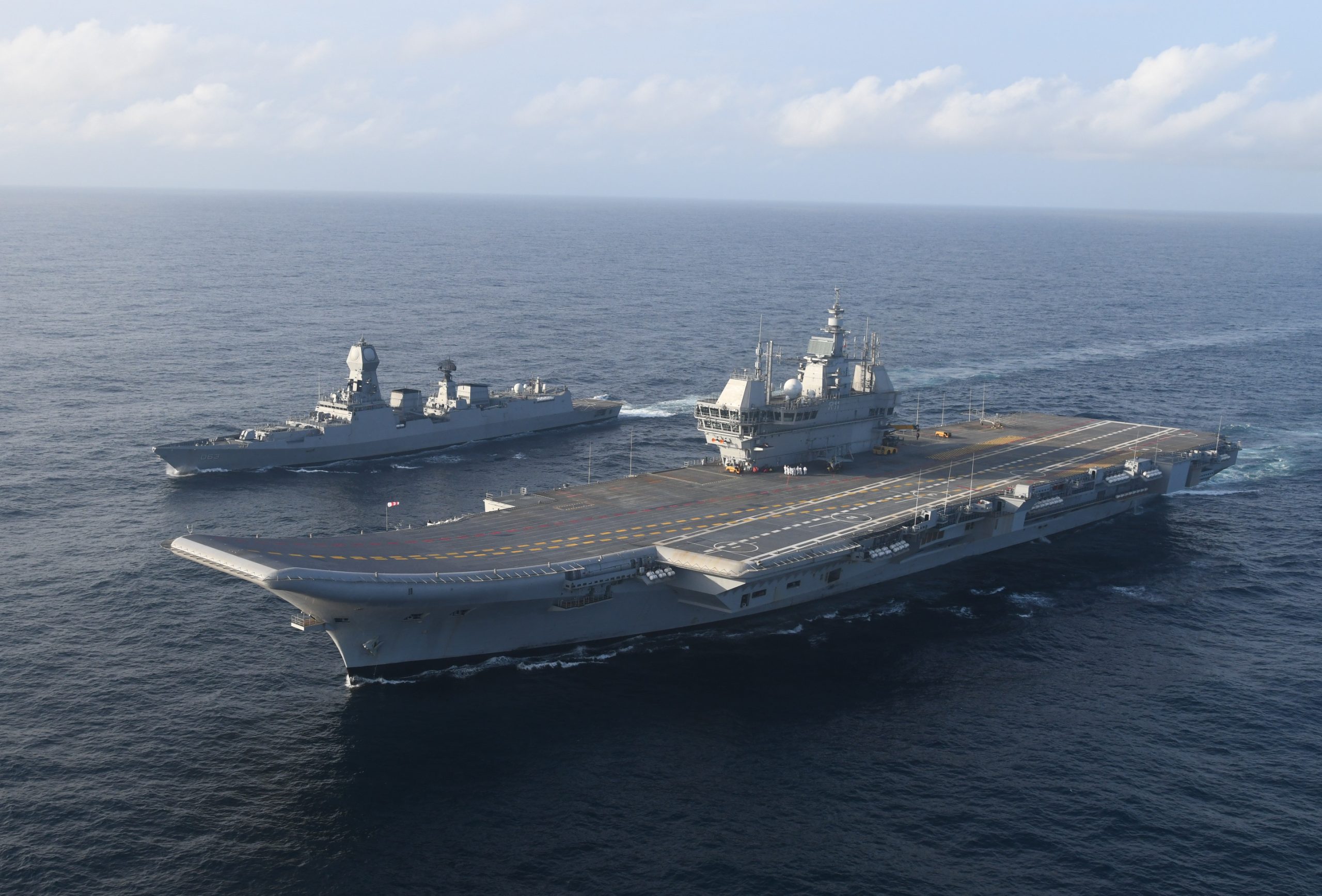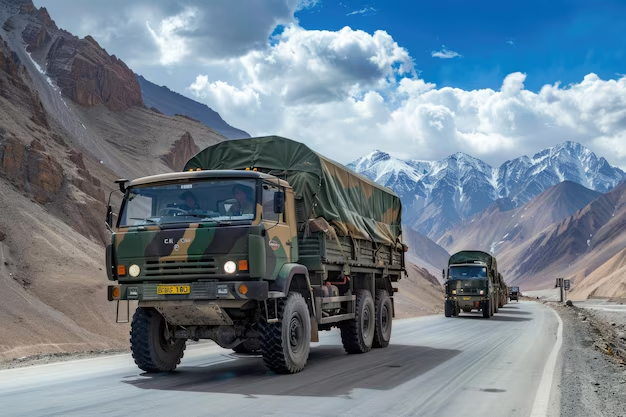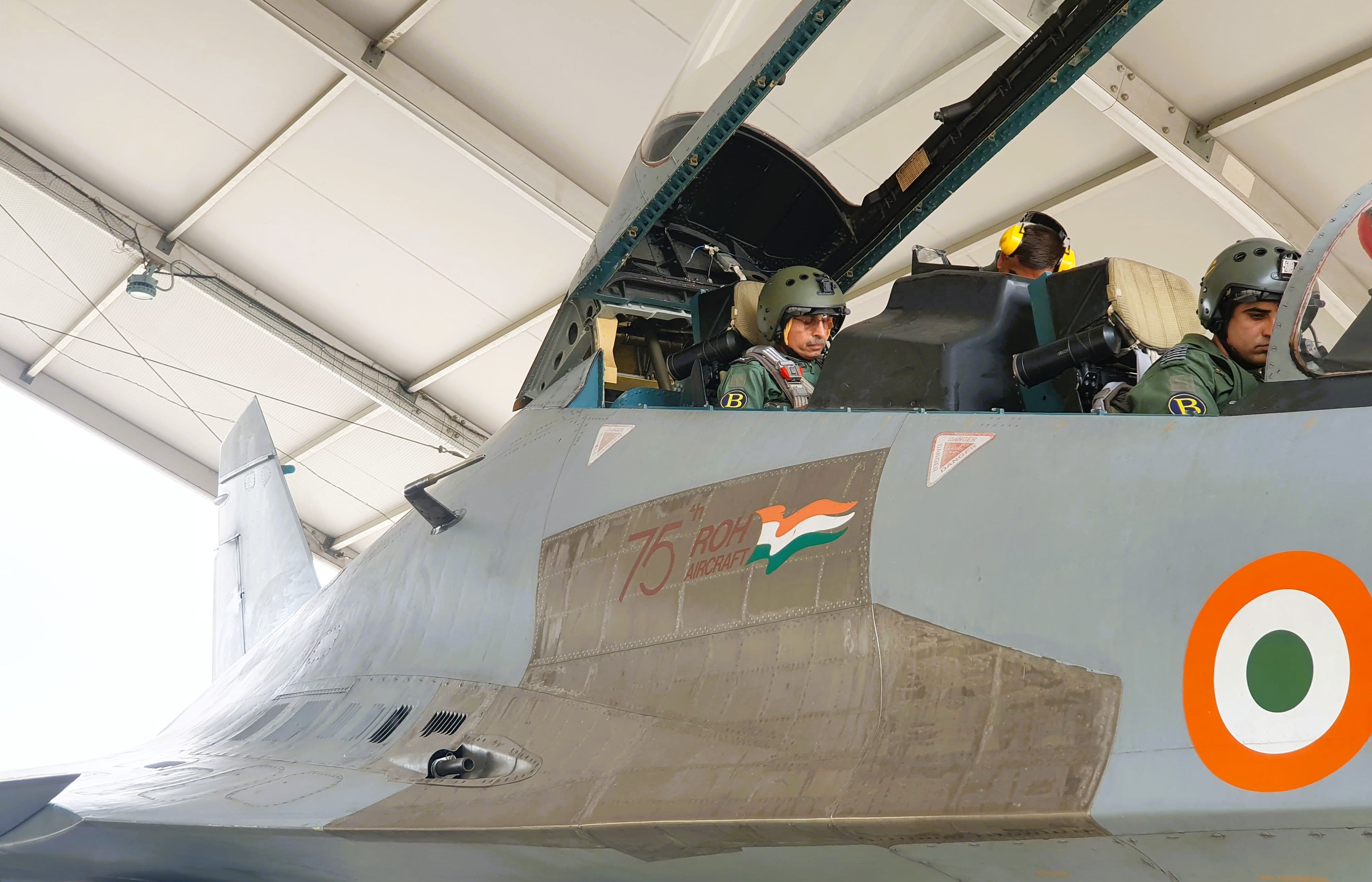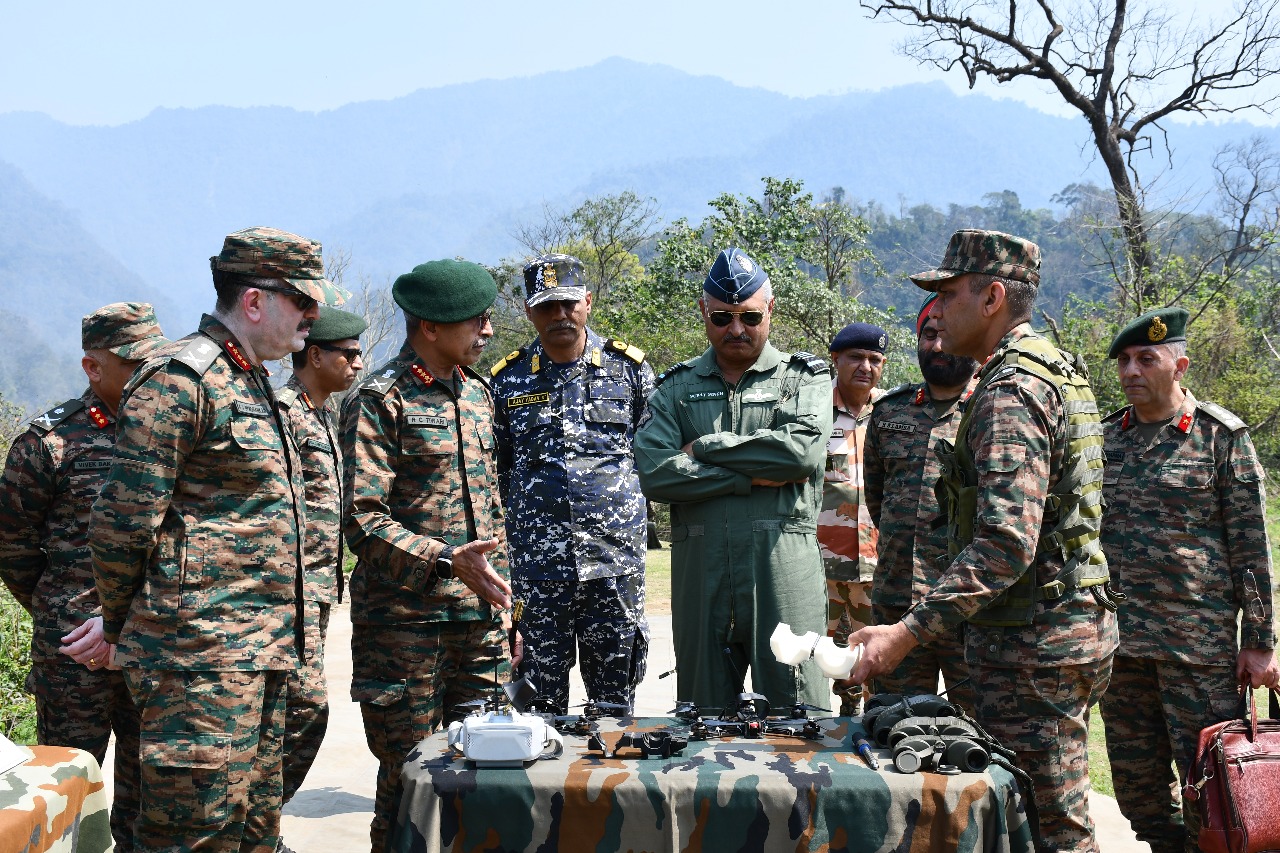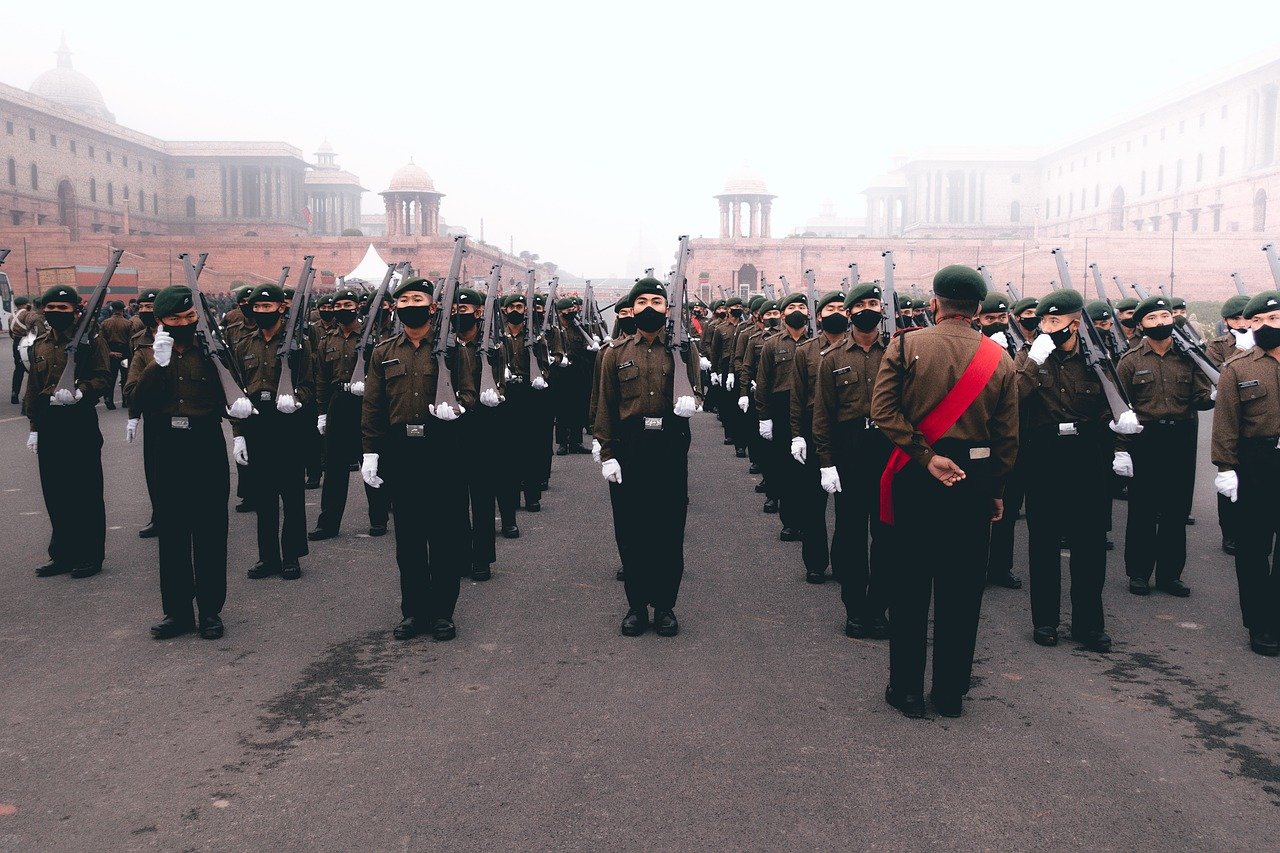It is possible that the INS Vikrant could be a topic for discussion during the SSB interview. The SSB interview is designed to assess the personality, character, and potential of the candidate, and the selection board may ask questions related to current affairs, military history, or defense technology. Since the INS Vikrant is a significant achievement in India’s defense technology and shipbuilding program, it is possible that the selection board may ask questions related to it. Therefore, candidates appearing for SSB interviews should keep themselves updated with current affairs related to the Indian Armed Forces and defense technology to increase their chances of success.

The Indigenous Aircraft Carrier 1 (IAC-1) INS Vikrant is the first indigenously built aircraft carrier of India. It is the largest and most complex warship built in India to date. The construction of INS Vikrant was initiated in February 2009 and it was launched on August 12, 2013, by the then Defense Minister of India, A.K. Antony. The ship has completed several sea trials and is expected to join the Indian Navy’s fleet soon. In this article, we will discuss the specifications, features, and capabilities of INS Vikrant.
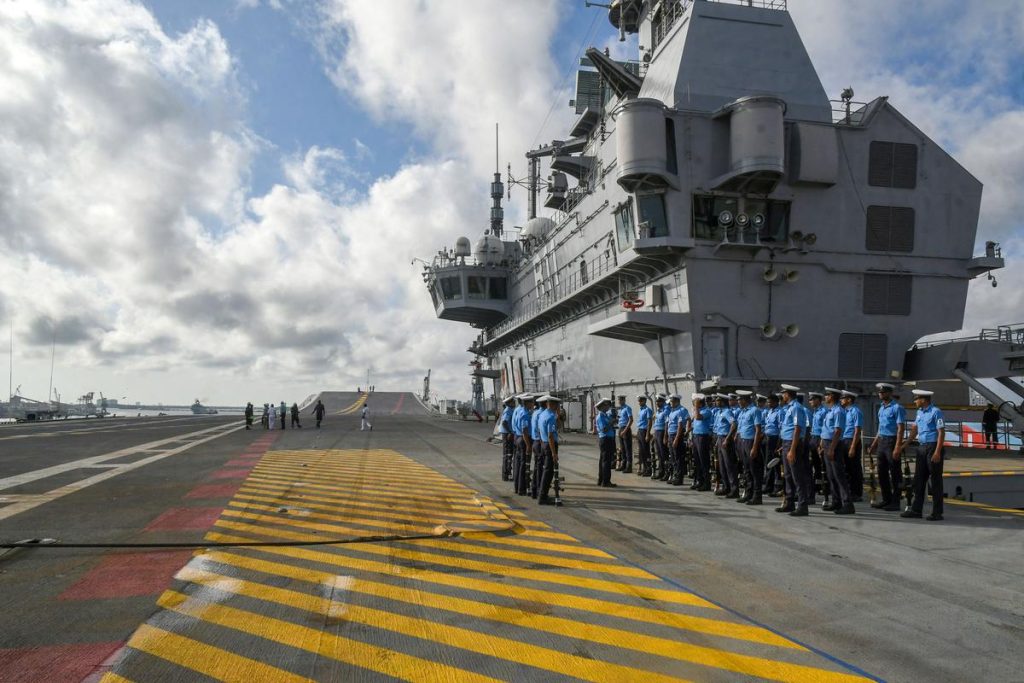
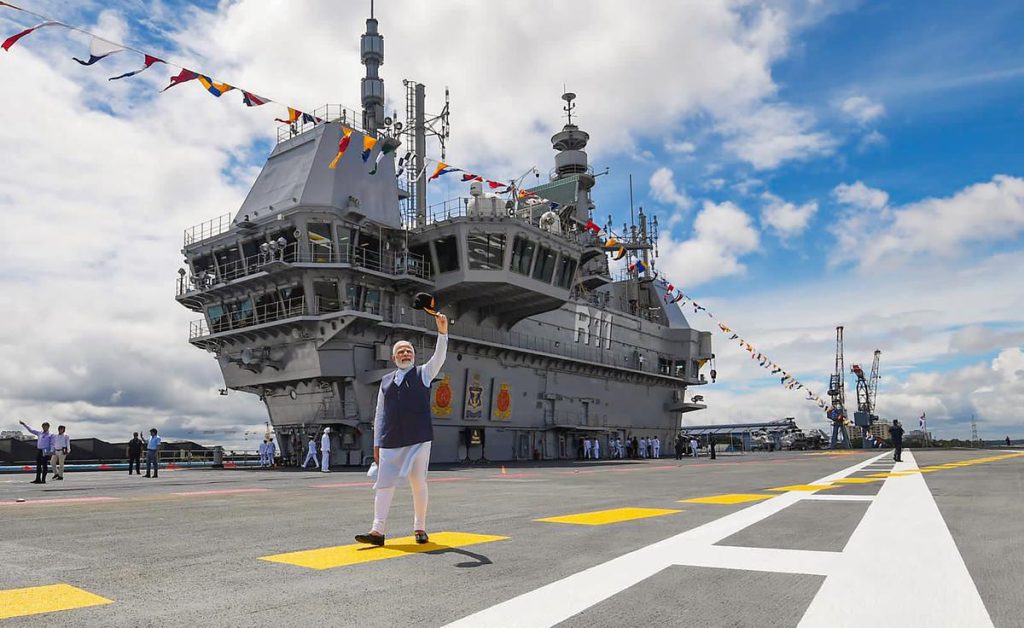
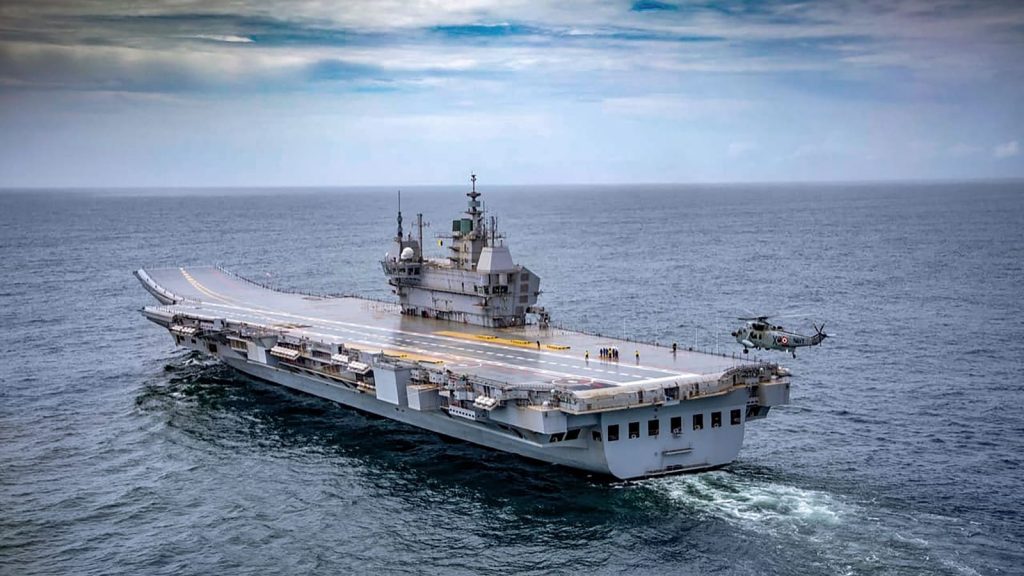
Design and Specifications: INS Vikrant has a length of 262 meters, a beam of 62 meters, and a height of 59 meters. It has a displacement of around 40,000 tons and can accommodate up to 36 aircraft. The ship is powered by four General Electric LM2500 gas turbines, which provide a combined power of 80,000 horsepower. The ship has a top speed of around 28 knots and a range of 7,500 nautical miles.

The design of INS Vikrant is based on the Russian aircraft carrier Admiral Gorshkov, which was acquired by the Indian Navy in 2004 and underwent extensive modifications before being commissioned as INS Vikramaditya in 2013. INS Vikrant has several improvements over INS Vikramaditya, including a larger flight deck, more powerful engines, and a better weapon and sensor suite.
The flight deck of INS Vikrant has an area of around 14,000 square meters and can accommodate up to 24 fighter aircraft, including the MiG-29K and the Tejas naval variant. The ship also has a ski-jump ramp at the front of the flight deck, which allows aircraft to take off with a shorter runway length. The ship has a hangar deck beneath the flight deck, which can accommodate up to 12 helicopters or UAVs.
The ship is armed with a range of weapons, including the Barak 8 missile system, which can intercept incoming missiles and aircraft up to a range of 70 kilometers. The ship also has four AK-630 close-in weapon systems, which can provide defense against incoming missiles and aircraft at close range.
Capabilities: INS Vikrant is expected to enhance the Indian Navy’s power projection capabilities in the Indian Ocean region. The ship is capable of conducting a range of operations, including air defense, anti-submarine warfare, and strike missions. The ship can also provide support to land forces by conducting reconnaissance and surveillance missions.
The ship is equipped with a range of sensors, including a long-range air surveillance radar, a medium-range air surveillance radar, and a fire control radar. The ship also has an advanced electronic warfare system, which can detect and jam incoming radar and communications signals.
INS Vikrant is a significant milestone in India’s indigenous shipbuilding program. The ship’s construction has demonstrated the country’s ability to design and build complex warships, which was previously dominated by foreign shipyards. The ship’s capabilities will enhance India’s maritime power and will provide a significant deterrence against potential adversaries. With INS Vikrant, India has taken a significant step towards achieving self-reliance in the defense sector.

